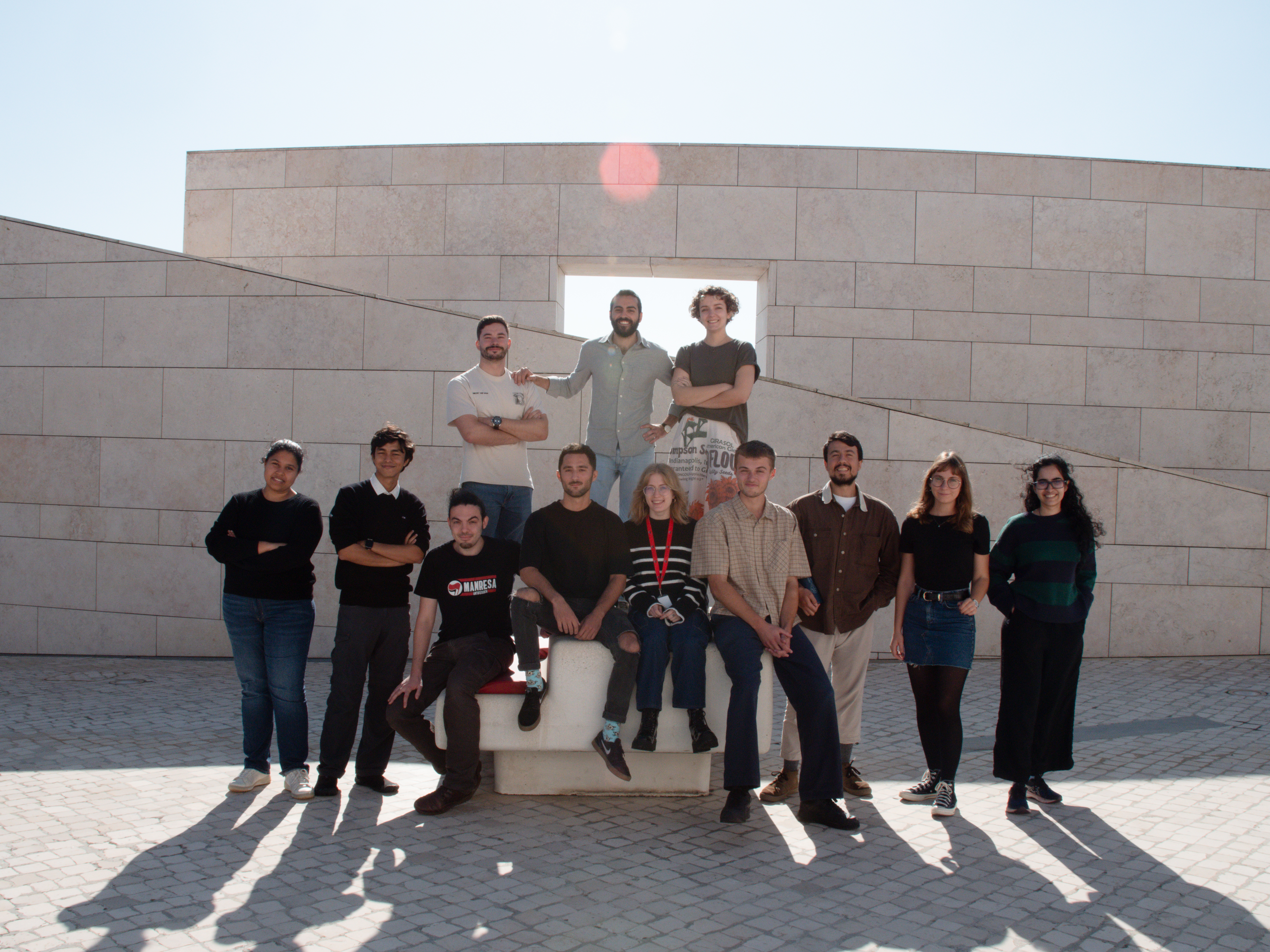2025 Champalimaud Colorectal Cancer Conference
Additionally, we will explore the ongoing evolution of minimally invasive techniques and their impact on the patient's quality of life, even on complex cases, such as lateral compartment resections in rectal cancer and D3 lymphadenectomy in colon cancer.
25 November 2024
Key brain circuit for female sexual rejection uncovered
Female mammals, such as rodents, accept mating attempts only during their fertile phase, and actively reject males outside this period. While the brain areas controlling sexual receptivity are well-studied, the mechanisms behind active rejection are less so.
21 November 2024
World experts reflecting on the future of pancreatic cancer treatment
“Surgery can cure”, said Markus Büchler, director of the newly opened Botton-Champalimaud Pancreatic Cancer Centre, in Lisbon, during his talk. Büchler was referring to a form of pancreatic cancer surgery called the “triangle operation”, which he invented and developed.
18 November 2024
How Tiny Fish Reveal Big Insights into Behaviour
The reasons why one animal chooses one path over another, or behaves differently from others, can often seem enigmatic. But a team led by Claire Wyart’s group at the Paris Brain Institute (ICM), in collaboration with Michael Orger’s lab at the Champalimaud Foundation (CF), has shed light on these differences, revealing the dynamic relationship between an animal’s internal states and its surroundings.
18 November 2024
Parkinson’s paradox: when more dopamine means more tremor
Parkinson's disease (PD) is a progressive neurological disorder known for its characteristic motor symptoms: tremor, rigidity, and slowness of movement. Among these, rest tremor—a shaking that occurs when muscles are relaxed—is one of the most recognisable yet least understood.


